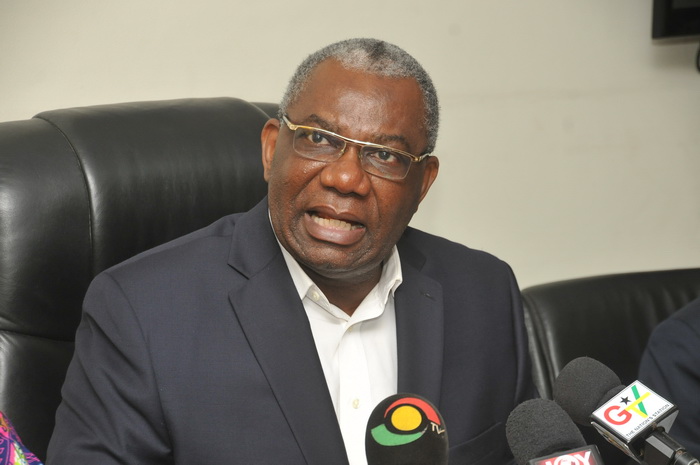Typically, the “optimal” contracting type is selected for use under a clowned jargon “a win-win situation” for all.
An intuitive question to pose, however, should highlight the actual winner.
Isn’t it? In other words, who bears the brunt of such agreements?
But maybe we can soothe ourselves in contentment because the Africa and Middle East Resources Investment Group (AMERI) deal is not a unique case of a faulty power contract.
For example, power purchasing agreements between the Kenyan government and over 20 independent power producers have significantly transferred costs upward to the consumer.
In Kenya, consumers will have to wait to see some reprieve after Tsavo Power and Rabai Power contracts expire in 2023.
In Nigeria, the $1.3 billion Zungeru hydroelectric power plant with commercial operation date set in 2017 is only 45 per cent complete today.
Till date, that project is the largest power project in Africa to be funded with government concessional loans.
The evidence is clear.
Project financing and terms of contracts are the major bottlenecks that governments have to deal with.
Project promoters are clear capitalists in the business of raking profits while the end-user (consumer) referees the process uncontrollably. So how do we get value for money?
Evolution of BOT
In the early 1990s, when the British government sought to privatise more public projects, the BOT (build-operate-transfer) approach gained popularity.
Most of the major public infrastructure projects in Hong Kong were built using the BOT system, which also has proven effective in attracting overseas investments in developing countries such as China.
There are speculations that in a BOT contract, the government benefits too little or the private entity benefits too much.
Generally, a longer concession period is more beneficial to the private investor, but a prolonged concession period may result in a loss to the government.
On the other hand, if the concession period is too short, the investor will either reject the contract offer or be forced to increase the service fees in the operation of the project in order to recover the investment costs and to make a certain level of profit.
Sadly enough, traditional methods of determining the concession period rely on the investor’s analysis of the project cash flow profile, without considering the interests of government.
A study conducted in the USA concluded that only 12 per cent of ongoing projects are using the BOT method of delivery/financing or a variation in large projects.
The reasons are attributed to availability of proven alternatives and enough funds.
It can, therefore, be inferred that lack of funds is a major propeller to entering a BOT agreement.
BOT project delivery variations
The BOT system involves the investment of private risk capital to design, finance, construct, operate, and maintain a project for public use for a specific term during which a private sponsor, an individual entity or an investment consortium is able to collect revenue from the use of the facility.
The private sponsor charges the users appropriate fees not exceeding those proposed in the bid.
When the consortium’s limited term of ownership expires, the title to the project reverts to the government. By then, the consortium expects would have collected enough revenue to recapture its investment and make a profit on the investment.
Over the years, a number of variations have been used on different occasions.
Build-own-operate (BOO): the private entity possesses the ownership and has no obligation to transfer it to the government; Build-transfer-operate (BTO): the transfer of the ownership to the government takes place before operation starts by the private sponsor.
Build-operate and renewal of the concession (BOR): this is a contractual agreement similar to the standard BOT agreement except that the private sponsor has the right to request a negotiation for the renewal of the concession at the end of the term; Build-lease-own (BLO): the private sponsor possesses the ownership of the facility after completion of construction and leases the facility to the government for long-lasting operation (no transfer); Build-lease-transfer (BLT): the private sponsor rents or leases the constructed facility to the government and/or others for a concession period until it recoups its investment before transferring the ownership of the facility to the government; and Build-own-operate-transfer (BOOT): this type of public private partnership is a financing arrangement in which a developer designs and builds a complete project at little or no cost to the government or a joint venture partner, owns and operates the facility as a business for a specified period after which it is transferred to the government at a previously agreed-upon market-price.




